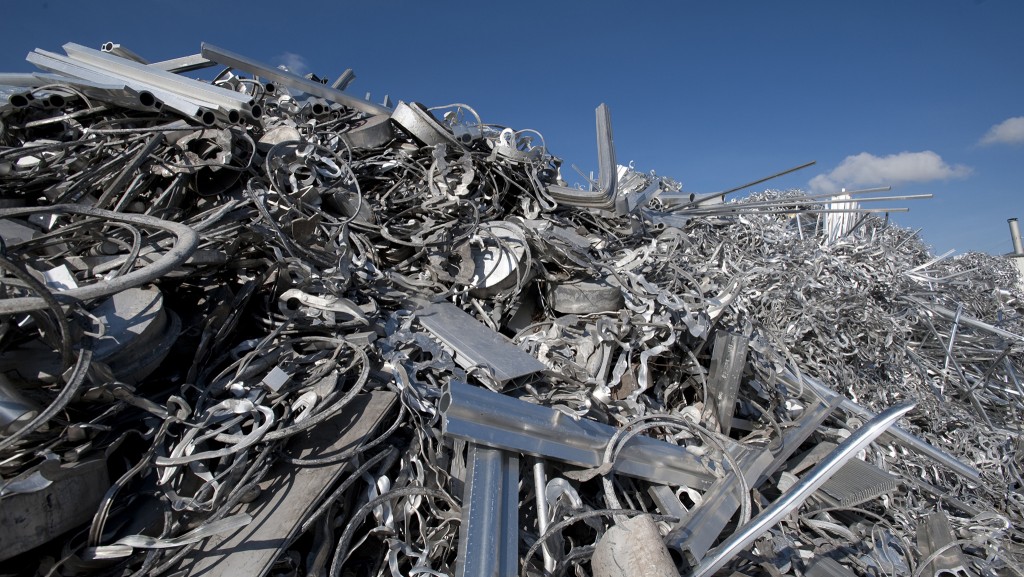Letter from the Editor: Every end is a new beginning

Change is good. Hindsight is outstanding. After 24 years with Baum Publications, including over two decades as editor of Recycling Product News, it is officially time for me to move on to other endeavours. While it is tough to leave anywhere after so many years, it is rewarding to be able to look back on a lengthy, winding career and reflect on what I've seen and learned, the places I've travelled, and the people I've met along the way. It is also great to be able to consider the scope of conclusions I can make, with all of these years of experience, about the importance of getting our recycling and waste management perspective, practices, and policies right.
I leave this position with a profound understanding of the potential of our industry to help curb climate change and create sustainable, circular economies with significantly smaller environmental footprints. This industry is absolutely essential for all communities, cities, and regions. It can help clean up our plastic-ridden oceans, lessen our dependence on virgin materials, help reduce emissions in manufacturing, provide sustainable energy, and even feed our soils.
I also leave with a clear sense that while advancements in both technology and processes are moving steadily, we still have far to go to build sustainable circular economies for everything we create and use. I believe we will get there one day.
As a science fiction fan, it is hard not to imagine what the distant future of waste management could look like. Firstly, I'm thinking, it will evolve away from reliance on regular citizens and businesses to properly separate (and sometimes transport) recyclables. This can only ever rely on a small percentage of the population who will do it right, or do it all. Full automation of the entire waste management system is key.
In my ideal future scenario, all houses and businesses will be built to recycle organics by composting food scraps automatically, and all other waste will be turned into energy to fuel the home where it is generated. This, combined with other clean energy technology, will provide self-sustaining power for homes and buildings, with emissions capture included on every home and business, of course.
Materials that still need to be recycled, such as paper, plastics, metals, tires, glass, e-waste, etc., will all be thrown into one large curbside bin for pickup by an automated truck or other transport vehicle. These vehicles will run on whatever our best clean and sustainable fuel is at the time and, thanks to automated cart collection technology on these vehicles, there would be no humans riding on the back, holding on for their lives, and repeatedly jumping on and off.
Way, way in the future, instead of vehicle-based collection, all recyclables will be thrown into a chute in each home or business, which leads to an underground conveying system - like our sewers for wastewater. This will be transported underground (also powered by clean energy) to fully automated recycling facilities full of robots capable of separating one single, mixed stream of recyclables (and some waste, inevitably) very quickly, cleanly, safely, and profitably.
If automation of all waste and recyclables collection and processing is key to sustainability for our future, design for recycling is the other central, necessary element. If the concept of design for recycling is not incorporated into all manufacturing of goods and packaging across the board, if consistency of materials used is not entrenched, with proper labelling on everything, everywhere, and if products are not made easy to disassemble, then we cannot advance towards a sustainable
circular economy.
Complete automation of recyclables and waste management, powered by clean energy and combined with entrenched design of all products and packaging for recycling - that is my sincere hope for the future of our industry.
After this long, one can at least dream.
Dreams aside, it is a pleasure to have been part of this industry, and to meet all of the dedicated, brilliant individuals that work in it, from the manufacturers of equipment and technology, to the dedicated, driven recyclers, to the advocates and policy makers. These stakeholders have taken it upon themselves to help transform our make-use-throw away culture into one that creates circular economies for all of the valuable materials in our waste stream.
Thanks for reading and contributing all these years, and for all of your feedback. I look forward to watching my successor, Slone Fox, who you will meet in the March issue, carry on our tradition of serving and supporting the recycling, composting, and waste-to-energy industries.


